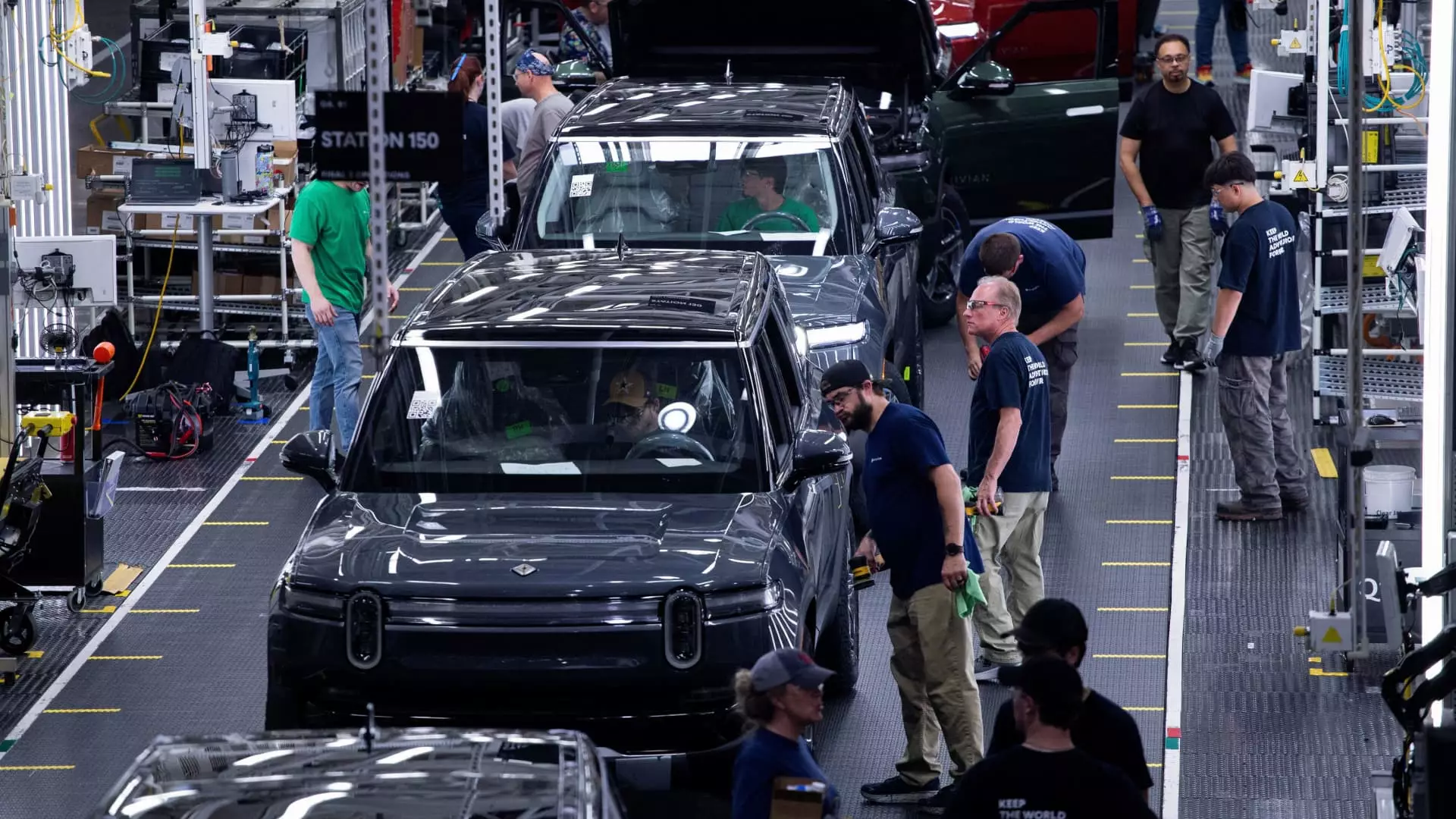The latest manufacturing gauges for August have shown that U.S. factories are still experiencing a slowdown, raising concerns about the overall state of the economy. The Institute for Supply Management’s survey of purchasing managers revealed that only 47.2% reported expansion during the month, falling below the 50% breakeven point for activity. While this figure was a slight improvement from July’s 46.8%, it still fell short of the expectations set by Dow Jones, which predicted a 47.9% reading.
Chair of the ISM Manufacturing Business Survey Committee, Timothy Fiore, noted that while manufacturing activity remains in contraction territory, the pace of contraction has slowed down. Weak demand continues to be a major issue, leading to decreased output and a lack of investment in capital and inventory. This reluctance to invest can be attributed to current federal monetary policy and uncertainty surrounding the upcoming election. The overall sentiment is that demand remains subdued, reflecting a general cautiousness among companies.
Following the release of the ISM report, the stock market reacted negatively, with the Dow Jones Industrial Average dropping nearly 500 points. This latest weak economic reading has increased the likelihood of the Federal Reserve implementing an interest rate cut later this month. Traders have now raised the odds of a more aggressive half-point reduction to 39%, according to the CME Group’s FedWatch measure. This suggests that there is growing concern about the need for intervention to stimulate economic growth and stabilize market conditions.
The ISM survey also revealed that the employment index rose to 46% while inventories increased to 50.3%. On the inflation front, the prices index inched higher to 54%, which could influence the Fed’s decision on the extent of the anticipated rate cut. These findings were further supported by another PMI reading from S&P, which showed a decrease to 47.9 in August from 49.6 in July. The employment index experienced a decline for the first time this year, while the input cost measure reached a 16-month high, signaling that inflation remains a factor to consider.
Chief business economist at S&P Global Market Intelligence, Chris Williamson, cautioned that the latest PMI reading suggests that the manufacturing sector could continue to pose challenges for the broader economy in the coming months. The forward-looking indicators point to a potential intensification of the drag created by manufacturing, highlighting the need for proactive measures to address these issues and support economic growth.


Leave a Reply